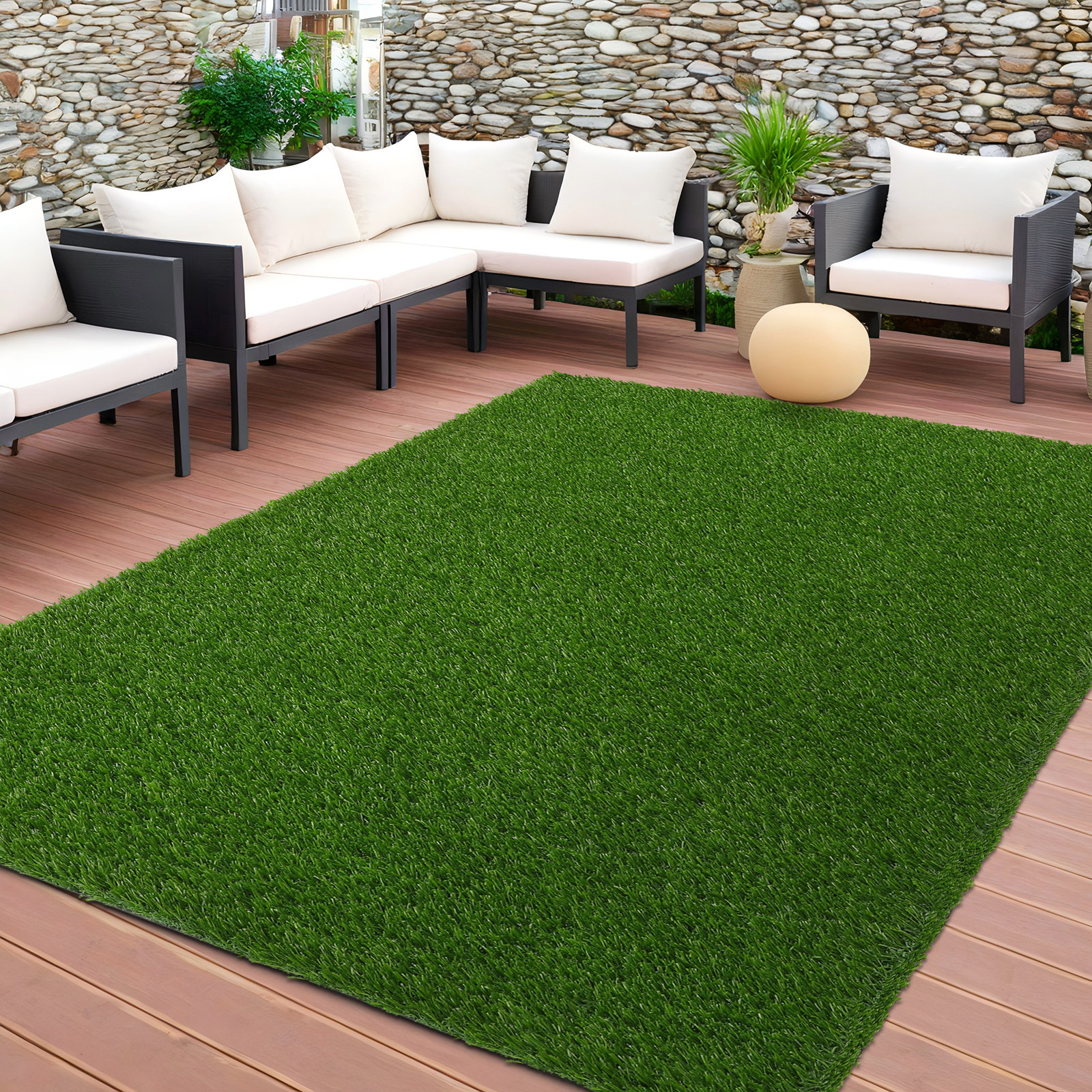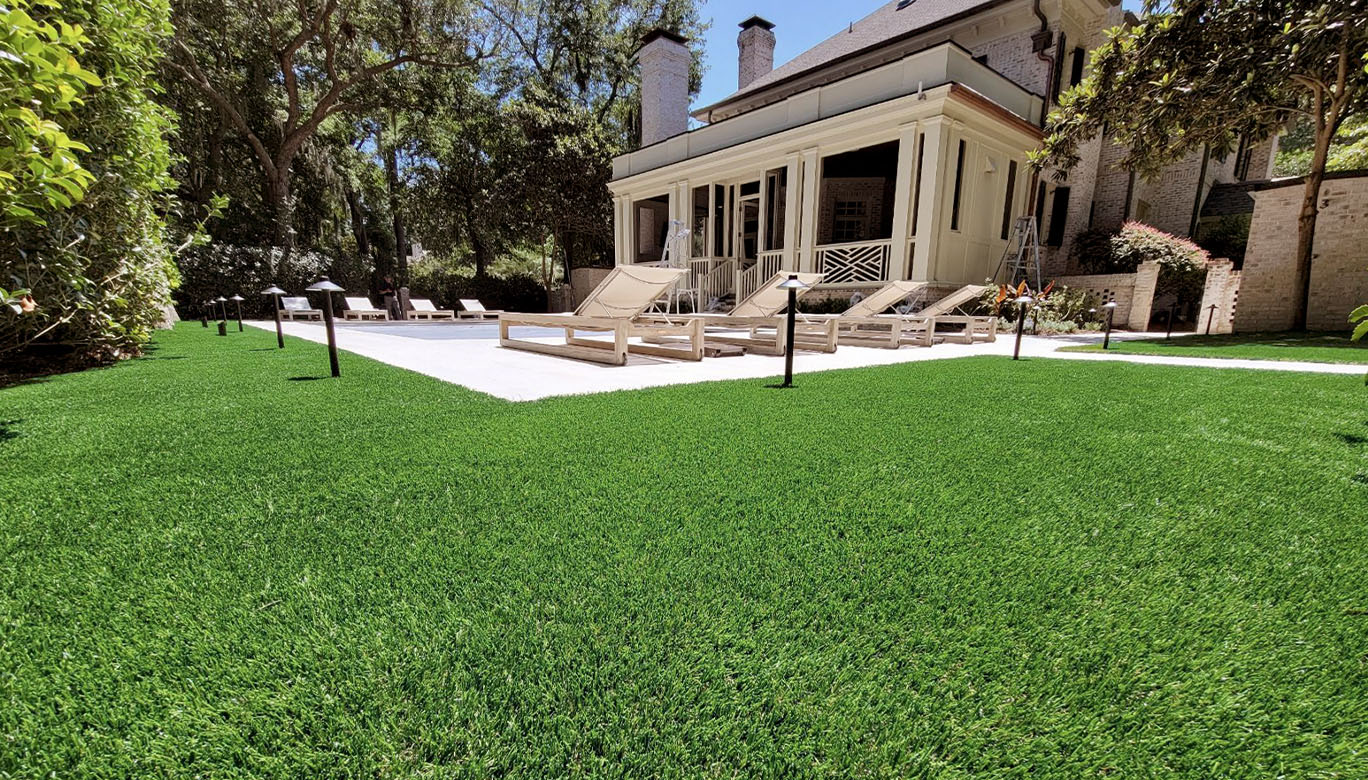Enhance Your Yard with Professional Turf Installation Phoenix AZ Services
Enhance Your Yard with Professional Turf Installation Phoenix AZ Services
Blog Article
See Why Homeowners Prefer Synthetic Grass for Sustainable Landscaping Practices
As home owners increasingly prioritize sustainability in landscaping, synthetic grass has become an engaging option to typical grass. Its capability to save water, minimize maintenance efforts, and minimize environmental influence placements it as a sensible selection for those looking for eco-friendly remedies. The aesthetic charm and flexibility of artificial lawn provide to diverse design choices. The effects of this change prolong beyond simple benefit and aesthetics, motivating a better exam of exactly how these choices influence broader ecological outcomes. What stays to be explored is the complete scope of advantages that fabricated grass can offer to house owners and the environment alike.
Water Preservation Advantages
Among one of the most considerable benefits of artificial turf is its function in water preservation. Traditional turf lawns require considerable quantities of water to keep their lush appearance, commonly leading to overuse of local water sources, specifically in deserts. On the other hand, fabricated lawn removes this demand entirely, as it does not require irrigation. This not just saves water but also decreases the pressure on municipal water systems, particularly during drought conditions.
Furthermore, the setup of synthetic grass can add to a much more sustainable landscape. Property owners can dramatically decrease their water costs, permitting reallocation of sources to other environmental initiatives or household usages. Furthermore, synthetic grass is made to hold up against numerous climatic conditions without the need for supplementary watering, making it an ideal selection for areas dealing with water shortage.
The environmental advantages prolong beyond prompt water financial savings. By lowering water usage, synthetic turf aids to alleviate the impacts of environment modification, preserving essential ecosystems that are threatened by too much water extraction. As lasting landscaping techniques get traction, synthetic grass becomes a liable option for property owners looking for to create environment-friendly outside rooms.
Minimized Maintenance Initiatives
Artificial grass considerably lowers upkeep efforts compared to typical turf yards. With synthetic yard, property owners can remove the time-consuming tasks connected with natural landscaping, such as mowing, feeding, and weeding. This not only saves beneficial time but likewise lowers physical labor, making yard treatment accessible for individuals of any ages.
Among the most significant benefits is the absence of routine mowing. Typical lawns need constant cutting to maintain a visually pleasing elevation, whereas synthetic grass stays consistently lush without the demand for cutting. Additionally, home owners no more require to use plant foods or pesticides, which are usually needed to keep all-natural lawn healthy and balanced. This change not just lightens the work yet additionally promotes a neater, more uniform appearance year-round.
Moreover, man-made grass is durable and resilient, needing minimal maintenance past occasional brushing and washing to get rid of particles. This ease of maintenance allows homeowners to appreciate their outside spaces without the constant fear of maintenance, offering even more time for leisure and family members activities. Inevitably, the minimized maintenance initiatives connected with man-made grass make it an appealing alternative for those seeking a low-maintenance, aesthetically appealing landscape.

Environmental Impact Reduction
There is an expanding acknowledgment of the ecological advantages related to synthetic grass, specifically in terms of water conservation and decreased chemical usage. Standard grass call for significant amounts of water, especially in drought-prone areas, leading to raised strain on local water resources. In contrast, synthetic grass gets rid of the requirement for irrigation, substantially visit this site lowering water intake and advertising sustainability.
In addition, standard grass upkeep usually entails the application of plant foods, chemicals, and herbicides, which can contribute to soil and water pollution. Synthetic grass minimizes this ecological risk by requiring minimal maintenance and basically removing the requirement for dangerous chemicals. This not only enhances dirt health and wellness however also shields neighborhood ecosystems from hazardous overflow.
Moreover, the manufacturing of all-natural grass yards normally includes using nonrenewable fuel sources for cutting and landscaping tools, additional contributing to greenhouse gas discharges. By choosing synthetic grass, property owners can significantly reduce their carbon footprint associated with yard care activities.
Visual Charm and Flexibility
Along with its environmental advantages, man-made turf supplies significant visual allure and convenience for landscape design. Property owners can attain a lush, environment-friendly look year-round, getting rid of the seasonal variations commonly related to all-natural yard. This consistent aesthetic not only improves the aesthetic charm of a building however additionally adds to a polished and well-maintained appearance.
Additionally, synthetic grass is readily available in a selection of colors, designs, and appearances, permitting personalization to fit private choices and style styles - Arizona turf. Whether made use of in household yards, business areas, or entertainment areas, it can effortlessly integrate into varied landscape design layouts, from contemporary minimalist to lush exotic setups
The convenience of synthetic grass prolongs beyond plain look; it can be set up in various locations, consisting of rooftops, patios, and even interior areas, producing opportunities for one-of-a-kind landscape design services. Additionally, it appropriates for an array of activities, from children's play areas to pet-friendly settings, supplying functionality without endangering style.
Ultimately, the visual appeal and convenience of synthetic grass make it an attractive option for home owners seeking lasting landscaping remedies that do not compromise beauty for ecological responsibility.

Long-Term Cost Cost Savings
One of the most compelling advantages of synthetic grass is its capacity for lasting expense savings. Unlike natural turf, which needs routine maintenance-- including mowing, watering, feeding, and bug control-- more helpful hints fabricated grass substantially decreases these continuous costs. House owners can conserve a considerable amount on water expenses, especially in regions where water deficiency is a pushing problem. The elimination of lawn care solutions better adds to economic savings, as there is no need for specialized tools or labor.
Additionally, fabricated grass has a lifespan of 15 to 25 years, relying on its high quality and use. This longevity reduces replacement expenses, making it a more affordable option in the long run. Moreover, the initial financial investment in synthetic grass can commonly be redeemed through the financial savings accrued with time.
While the in advance price may appear greater compared to sod installment, the cumulative financial savings from reduced upkeep and water use frequently exceed these first expenditures. Eventually, the fostering of synthetic grass not only promotes a sustainable landscaping remedy but likewise uses homeowners an economically wise alternative that lines up with lasting budgeting goals.
Conclusion
Synthetic grass becomes a compelling choice for sustainable landscape design, supplying substantial advantages in water conservation, minimized upkeep initiatives, and lessened environmental impact. Its aesthetic appeal and flexibility improve the aesthetic landscape while straightening with modern-day sustainability objectives. In addition, lasting price savings add to its beauty for homeowners. As areas increasingly focus on eco-friendly practices, the adoption of synthetic turf stands for a dynamic step toward attaining sustainable and resistant landscapes.
Furthermore, fabricated grass is developed to hold up against various climatic problems without the requirement for extra watering, making it a suitable selection for regions dealing with water deficiency. (Turf installation phoenix az)

Artificial grass arises as a compelling alternative for sustainable landscape design, offering significant benefits in water conservation, decreased maintenance efforts, and decreased ecological effect.
Report this page